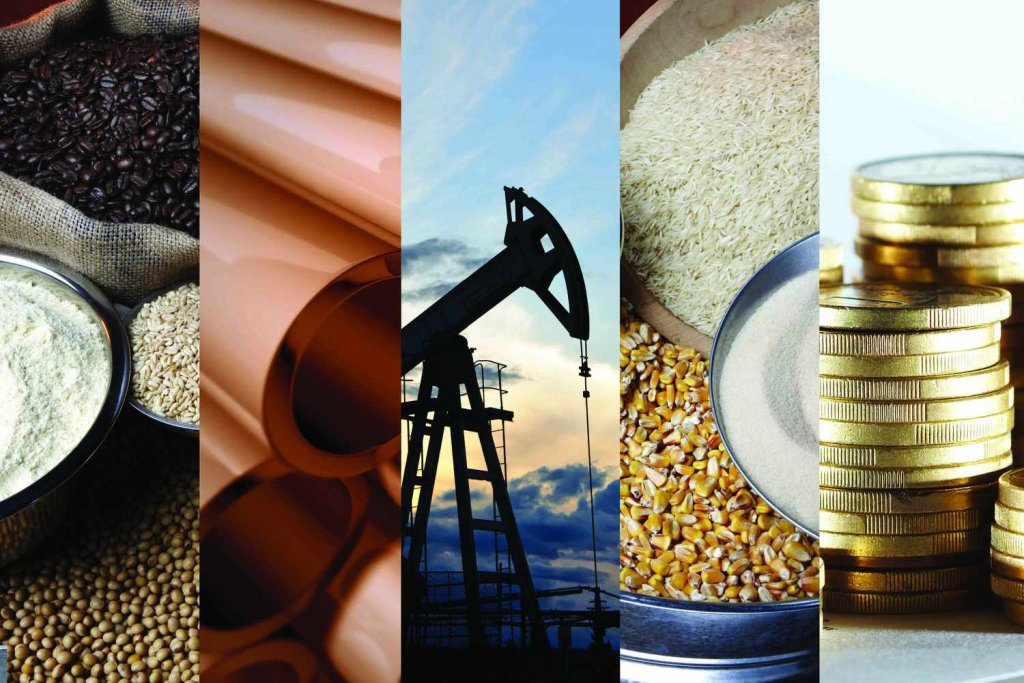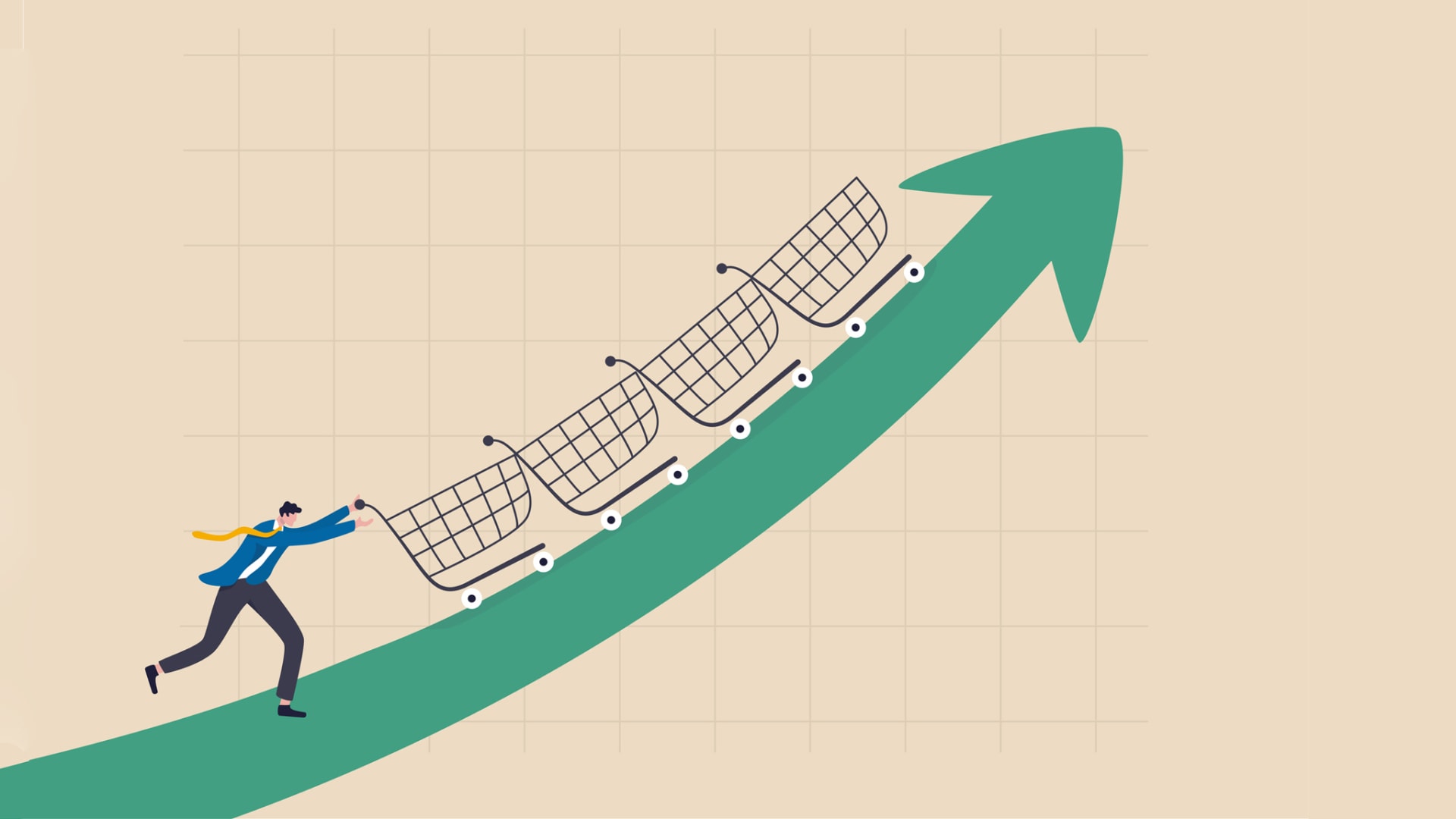
1. Find your market

Commodity trading can be a highly lucrative but also highly volatile and risky activity. One of the keys to success is to find your market, which means identifying a particular commodity or market segment in which you have an edge and can consistently generate profits.
This requires a deep understanding of the characteristics and dynamics of various commodity markets, including supply and demand factors, geopolitical risks, seasonal trends, and technical indicators. Traders need to stay up-to-date on the latest news and developments in their chosen market and constantly monitor price movements and trading volumes to spot opportunities and risks.
Once you have identified your market, it is important to focus on it and specialize in it. This means developing a deep knowledge and expertise in the particular commodity or market segment, as well as the trading strategies and techniques that work best in that market. It also means avoiding the temptation to trade in other markets where you may not have the same level of knowledge or experience, as this can lead to losses and distractions.
For example, if you have a strong background in the oil and gas industry and are familiar with the factors that affect oil prices, you may choose to specialize in trading oil futures. Or, if you have a strong understanding of agricultural commodities and have experience in farming, you may choose to focus on trading grain futures. By specializing in a particular market or segment, you can leverage your expertise and experience to gain a competitive edge and generate consistent profits over time.
Of course, finding your market is just the first step in successful commodity trading. Traders also need to develop a disciplined trading plan, manage risk effectively, and stay flexible and adaptable to changing market conditions. But by focusing on a particular market and developing expertise in it, traders can increase their chances of success and avoid the common pitfalls that come with trying to trade in too many markets at once.
2. Prices tend to trend

Price movements in commodity markets are notoriously difficult to predict, given the many factors that can influence supply and demand and the geopolitical risks that can affect prices. However, one of the fundamental principles of commodity trading is that prices tend to trend, meaning that they often move in one direction for an extended period of time. This can create opportunities for traders who follow a trend-following strategy.
A trend-following strategy involves buying or selling a commodity based on the direction of its price trend. This strategy is most commonly applied to longer-term time frames, such as daily, weekly, or monthly charts, where trends are more easily identified and are less affected by short-term fluctuations. One simple trend-following strategy is to buy a new 10-day high and sell short a new 10-day low. This strategy can be profitable over time, although it may not generate huge returns.
However, it is important to note that the success of a trend-following strategy depends on the overall trend of the market. In a bull market, where prices are generally rising, traders should focus on buying new 10-day highs and ignore signals to sell short new 10-day lows. In a bear market, where prices are generally falling, traders should focus on selling short new 10-day lows and ignore signals to buy new 10-day highs.
Traders can use technical indicators, such as moving averages and trendlines, to identify the overall trend of a market and adjust their trading strategy accordingly. They should also be aware of market conditions that may signal a change in the trend, such as news events or shifts in supply and demand fundamentals.
While trend-following strategies can be effective in commodity trading, they are not foolproof. Traders must manage risk carefully, using stop-loss orders and position sizing to limit potential losses. They should also be flexible and adaptable, ready to adjust their strategy as market conditions change. Ultimately, success in commodity trading requires a combination of skill, discipline, and a deep understanding of the markets in which you are trading.
3. Take advantage of the nature of the market

Commodity markets are influenced by a wide range of factors, including supply and demand, weather patterns, geopolitical events, and economic indicators. One often overlooked factor is the seasonal nature of commodity prices. Many commodities have seasonal price patterns that are influenced by factors such as planting and harvesting cycles, weather conditions, and consumer demand.
For example, the price of natural gas tends to be higher in the winter months when demand for heating increases, while the price of agricultural commodities such as wheat and corn tends to be higher in the spring and summer months when planting and growing season begins. By understanding these seasonal patterns, traders can gain an edge in the market and potentially generate profits.
Seasonal patterns can be used in a variety of ways. One approach is to use them as a confirming indicator of an existing trend. For example, if the price of natural gas is already trending higher, and it is also approaching the winter months when demand is expected to increase, this could confirm the trend and provide additional confidence to hold a long position in natural gas.
Conversely, seasonal patterns can also be used as a cautionary contrary indicator that makes a trader watchful for an upcoming trend change. For example, if the price of wheat is already trending higher, but it is also approaching the end of the planting season when supply is expected to increase, this could be a warning sign that the trend may soon reverse.
By paying attention to seasonal patterns, traders can adjust their trading strategies accordingly, taking advantage of potential trends while also managing risk. This may involve adjusting position sizes or using stop-loss orders to limit potential losses if a seasonal pattern does not materialize as expected.
It is important to note that seasonal patterns are not a guarantee of future price movements, and traders should use them in conjunction with other technical and fundamental indicators to make informed trading decisions. However, by taking advantage of the nature of the market and staying aware of seasonal patterns, traders can potentially improve their overall performance and generate profits over time.
4. Select a popular and high-volume commodity
:max_bytes(150000):strip_icc()/GettyImages-478545133-19f48bb54b7149449004f8007f00e931.jpg)
Selecting a popular and high-volume commodity is an important factor to consider when trading commodities. Popular commodities like gold, crude oil, and silver have a larger number of traders involved, which can lead to more liquidity and tighter spreads. This means that traders can buy and sell positions more easily, without experiencing significant slippage, and at a lower cost.
In addition, high-volume commodities are usually linked to higher volatility, which can produce more opportunities for intraday traders to book profits. Volatility is a measure of the degree of price movement in a commodity. A commodity with higher volatility will have wider price fluctuations, which can result in greater potential profit opportunities for traders who are able to correctly predict price movements.
However, it is important to keep in mind that higher volatility also means greater risk. This is particularly true for new traders who may be unfamiliar with the risks involved in trading high-volume commodities. Traders need to have a solid understanding of the market conditions, as well as the fundamental and technical factors that can influence price movements.
In addition to selecting a popular and high-volume commodity, traders should also pay attention to other factors that can influence the market. For example, they should stay up-to-date with global news and events that may impact supply and demand for the commodity. Traders should also be aware of any technical indicators or chart patterns that may signal a potential trend reversal or opportunity for profit.
Ultimately, selecting a popular and high-volume commodity is just one of many factors to consider when trading commodities. It is important to have a well-rounded understanding of the market, and to develop a trading plan that incorporates a variety of technical and fundamental factors, as well as risk management strategies. With a solid foundation and a disciplined approach, traders can potentially profit from trading commodities.
Trading with logic is fundamental. Never let your emotions dominate your trading decisions.
A Pillar of Strength in Golden Years: 10 Paths on How Regular Screenings Uphold Your Health
In the evocative voyage of life, the golden years emerge as a time to relish the fruits of decades of labor, to bask in the
Unlock the Secret to Sweet Dreams: 10 Ways of Enhancing Sleep Quality as You Age
Share on facebook Facebook Share on twitter Twitter Share on linkedin LinkedIn Share on pinterest Pinterest Share on telegram Telegram Share on whatsapp WhatsApp Share
Building Bridges, Not Walls: 10 Methods of Mastering the Art of Cultivating Social Connections in the Golden Years
Share on facebook Facebook Share on twitter Twitter Share on linkedin LinkedIn Share on telegram Telegram Share on whatsapp WhatsApp Share on email Email Share
Navigating the Golden Years: 10 Ways to Achieve Emotional Wellness and Conquering Loneliness
Share on facebook Facebook Share on twitter Twitter Share on linkedin LinkedIn Share on pinterest Pinterest Share on telegram Telegram Share on whatsapp WhatsApp Share
Stay Brainy in Your Golden Years: 10 Fun Activities to Keep Your Mind Sharp and Engaged!
Hello, brain buffs! Aging might be inevitable, but letting our minds turn to mush? No way, José! Time to boot up those brain cells and
10 Effective Exercise Routines for Older Adults: Low-Impact Fitness Options
Of course, maintaining physical health is crucial at any age, but especially so as we grow older. Here are ten gentle, effective, and friendly exercise